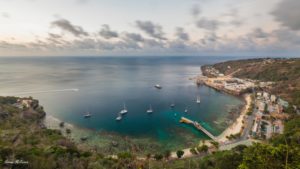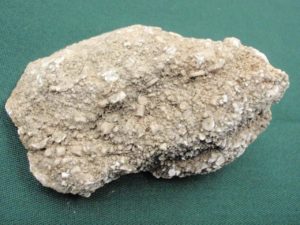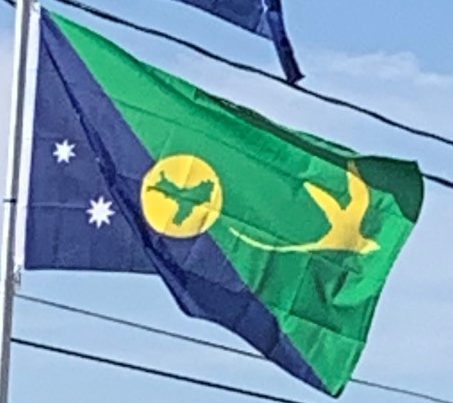During the 1872–76 Challenger expedition to Indonesia, naturalist John Murray carried out extensive surveys.
In 1886, Captain John Maclear of HMS Flying Fish, having discovered an anchorage in a bay that he named “Flying Fish Cove”, landed a party and made a small collection of the flora and fauna. In the next year, Pelham Aldrich, on board HMS Egeria, visited the island for ten days, accompanied by J. J. Lister, who gathered a larger biological and mineralogical collection.

Among the rocks then obtained and submitted to Murray for examination were many of nearly pure phosphate of lime. This discovery led to annexation of the island by the British Crown on 6 June 1888.
Settlement and Exploitation:
Soon afterwards, a small settlement was established in Flying Fish Cove by G. Clunies Ross, the owner of the Cocos (Keeling) Islands some 560 miles to the southwest, to collect timber and supplies for the growing industry on Cocos. Phosphate mining began in 1899 using indentured workers from Singapore, Malaya, and China. John Davis Murray, a mechanical engineer and recent graduate of Purdue University, was sent to supervise the operation on behalf of the Phosphate Mining and Shipping Company. Murray was known as the “King of Christmas Island” until 1910, when he married and settled in London.

The island was administered jointly by the British Phosphate commissioners and district officers from the United Kingdom Colonial Office through the Straits Settlements, and later the Crown Colony of Singapore. In 1922, scientists attempted unsuccessfully to view a solar eclipse from the island to test Einstein’s Theory of Relativity.
Japanese Invasion:
From the outbreak of the South-East Asian theatre of World War II in December 1941, Christmas Island was a target for Japanese occupation because of its rich phosphate deposits. A naval gun was installed under a British officer and four NCOs and 27 Indian soldiers. The first attack was carried out on 20 January 1942, by Japanese submarine I-59, which torpedoed a Norwegian freighter, the Eidsvold. The vessel drifted and eventually sank off West White Beach. Most of the European and Asian staff and their families were evacuated to Perth.
In late February and early March 1942, there were two aerial bombing raids. Shelling from a Japanese naval group on 7 March led the district officer to hoist the white flag. But after the Japanese naval group sailed away, the British officer raised the Union Flag once more. During the night of 10–11 March, a mutiny of the Indian troops, abetted by Sikh policemen, led to the killing of the five British soldiers and the imprisonment of the remaining 21 Europeans.
At dawn on 31 March 1942, a dozen Japanese bombers launched the attack, destroying the radio station. The same day, a Japanese fleet of nine vessels arrived, and the island was surrendered. About 850 men of the Japanese 21st and 24th Special Base Forces and 102nd Construction Unit came ashore at Flying Fish Cove and occupied the island. They rounded up the workforce, most of whom had fled to the jungle. Sabotaged equipment was repaired and preparations were made to resume the mining and export of phosphate. Only twenty men from the 21st Special Base Force were left as a garrison.
